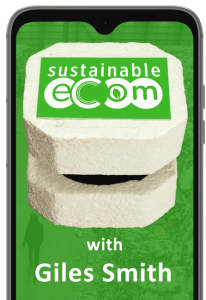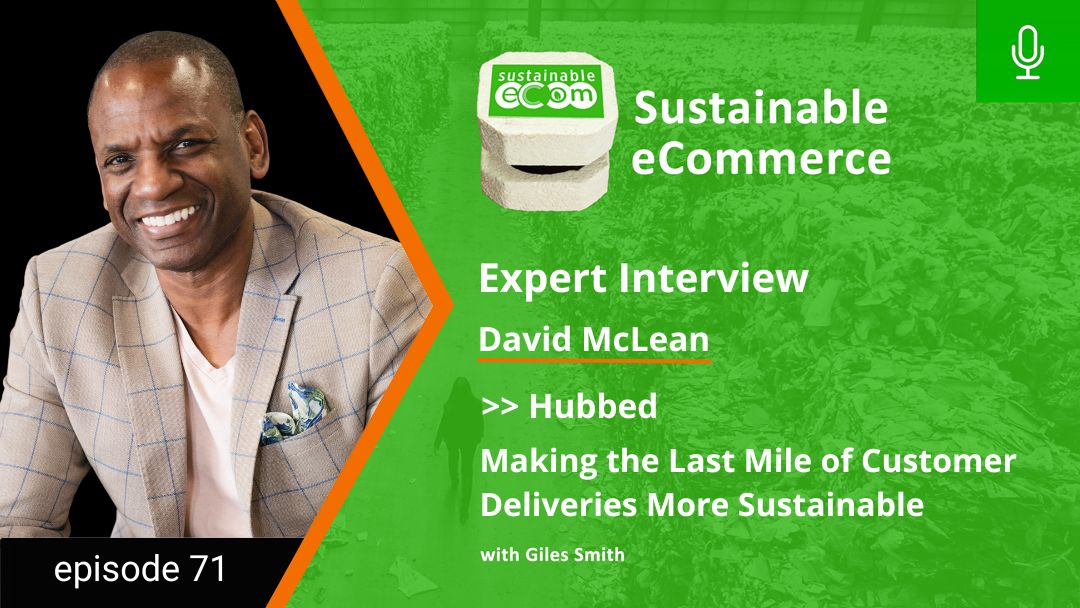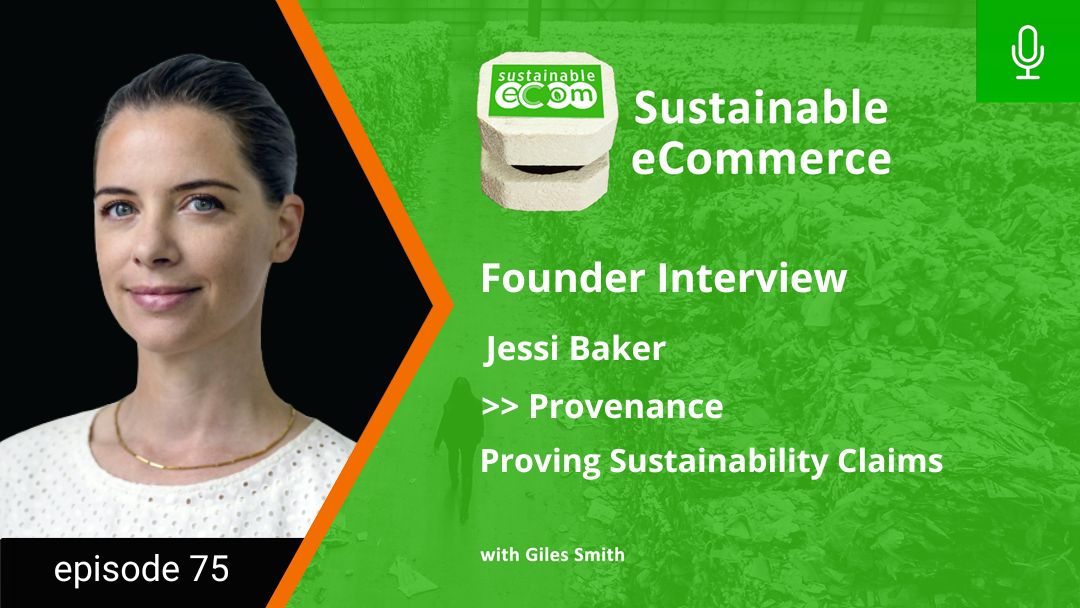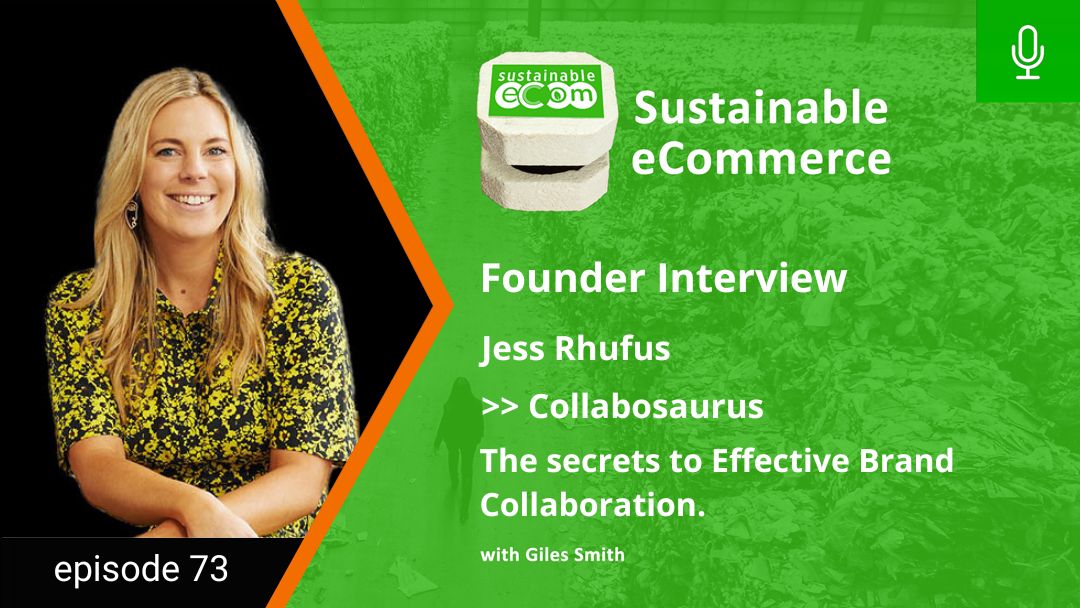Sustainable Ecommerce Podcast Episode 71
On last weeks show we opened a doorway into sustainable logistics with Sendle. James last week just touched on Collection Points, or PUDO points as one facet of their drive towards Net Zero logistics.
In today’s show, I wanted to dive a little deeper, and help you understand just how important they can be in delivering a better customer experience, how they can help you offer more sustainable delivery options to your customers, and how they may be able to help facilitate a more cost-effective approach to circularity.
So, my guest today is David McLean, founder and CEO of Hubbed, Australia’s leading Collection Point network.
As you’ll disover, not only are Hubbed the provider handling the collection point platform for Amazon and eBay with nearly 3000 locations around Australia, they can also help any brand offer the surging demand for Click & Collect services normally only accessible to hybrid or bricks & mortar brands.
With last mile delivery estimated to contribute 50% or more of the carbon emissions for order fulfilment, I do think Collection Points are a critical puzzle piece that all brands should be evaluating.
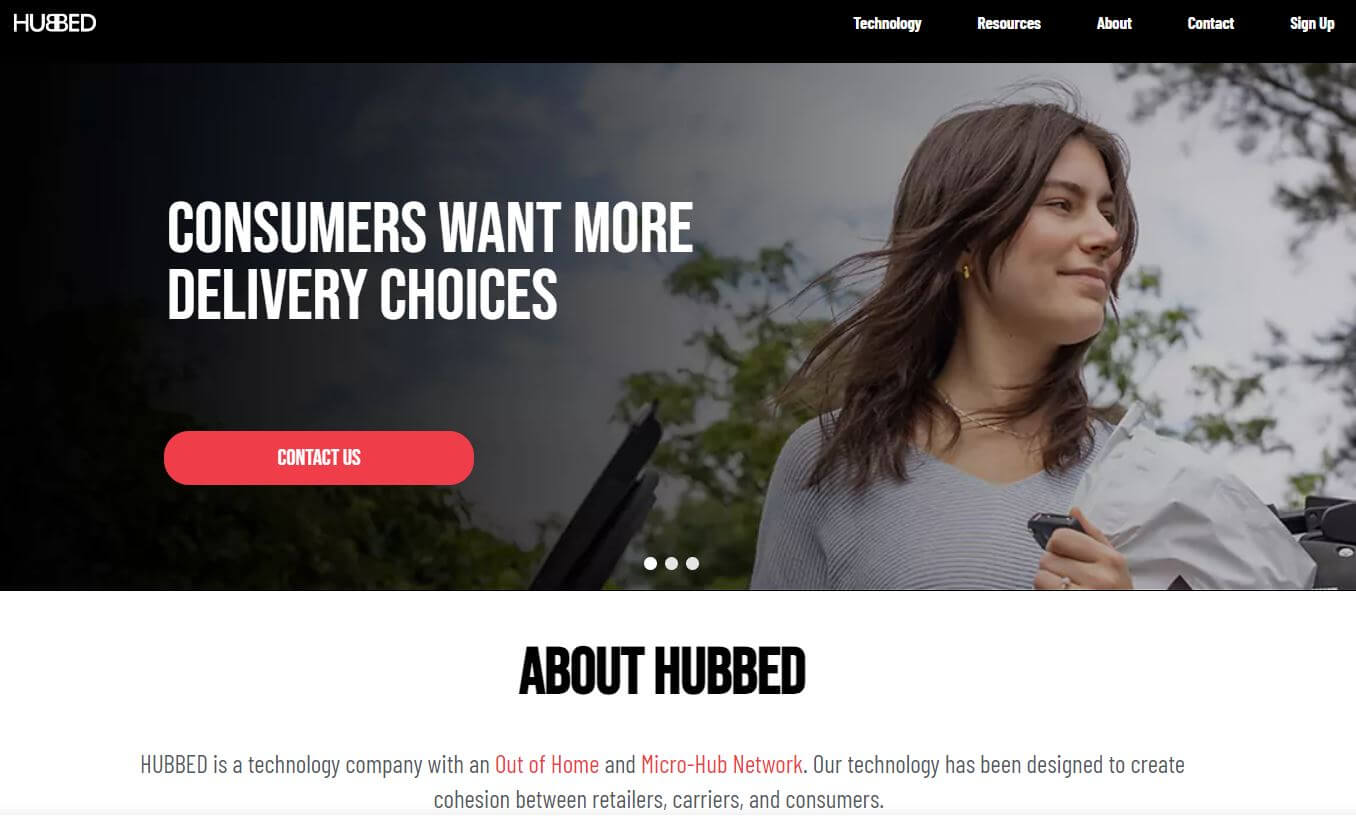
About David McLean
David started his career in technology with Microsoft, eventually running Microsoft’s consumer device division responsible for things like Xbox sales.
Towards the end of huis tenure there, he was inspired by how one of his former reports has left to start his own business, and decided to follow a similar path. Having knowledge of large dominant players (and how to beat them), David decided in some way to compete with Australia Post, setting up a network of delivery locations with Newsagents.
Unfortunately, in David’s own words, that business was an unmitigated disaster, however birthed from the ashes of that business was a network of over 300 newsagency delivery points valued by logistics companies to help optimize their efficiency. Hubbed was born from that opportunity.
What is Hubbed?
Hubbed is Australia’s largest network of Collection Points (or PUDO – Pick Up Drop Off) in Australia, with just under 3000 locations nationally. The Hubbed platform powers the Click & Collect facility for marketplaces like Amazon and eBay as well as many major brands like asos, The Iconic, RM Williams, boohoo, Zara and many more. Collection Points are locations where parcels can be delivered, securely stored, and collected by the customer at their convenience, often 24/7.
Why are Collection Points a great experience for consumers?
There is a widening gap between customer expectations and the reality of delivery experience. The lion’s share of online purchasing happens outside work hours – often when customers are commuting or at home, yet traditional delivery options only deliver 9-5. This challenge has been amplified by the increasing challenges of on-time delivery, increases in parcel theft and even packages going missing.
Collection Points provide another option for customers at the point of checkout, and potentially more convenient way to receive their orders. Parcels can sent to a location convenient to the customer, including newsagents, service stations, shopping malls, public transport hubs etc, often accessible outside the hours of post offices. Received parcels are stored securely, and provide greater certainty of delivery, especially in peak periods like the lead up to Christmas.
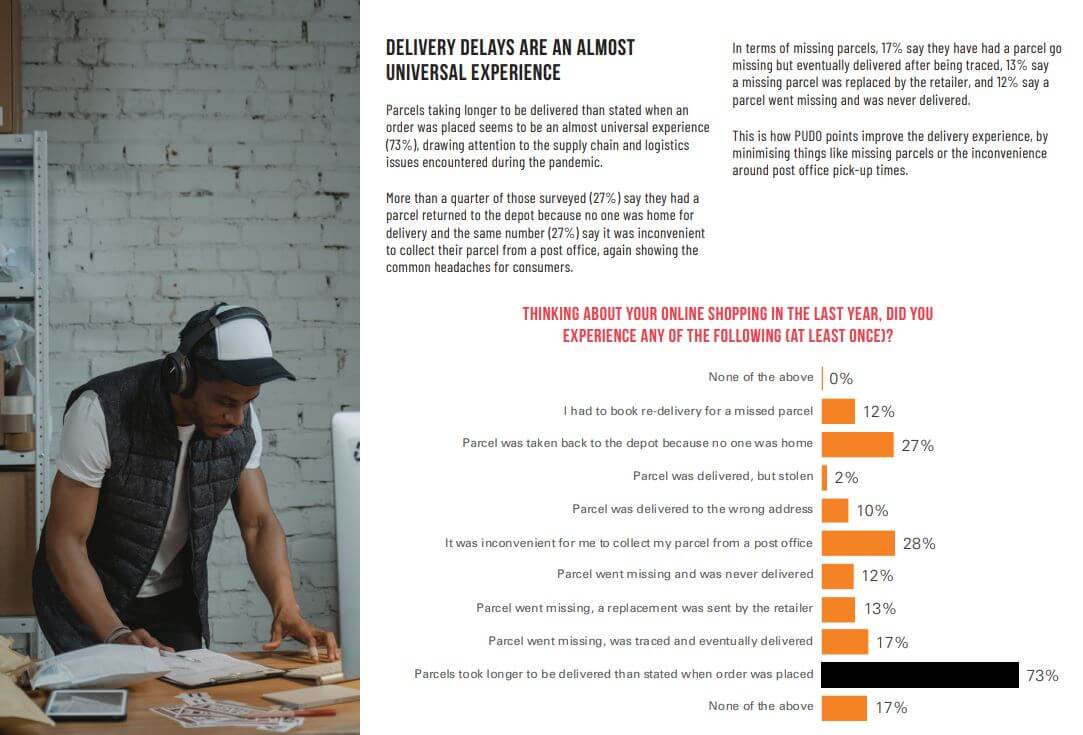
How do brands enable collection points with Hubbed?
If your brand is operating on one of the many platforms like Shopify, Magento, Woocommerce etc, enabling collection points during the checkout experience is as simple as installing the Hubbed App. During checkout, the customer can choose Click & Collect as an option, instead of home delivery, and then is given a list of potential collection locations based on their preferred distance from their specified address. They are then notified when the parcel is ready for collection.
Delivering to the collections points is seamless – the customer’s selected location overrides the customer’s address as the delivery location and your usual logistics partner simply delivers the item there.
Returns work in the same way, the customer selecting their preferred drop-off point, taking the item there and registering it in the system for collection.
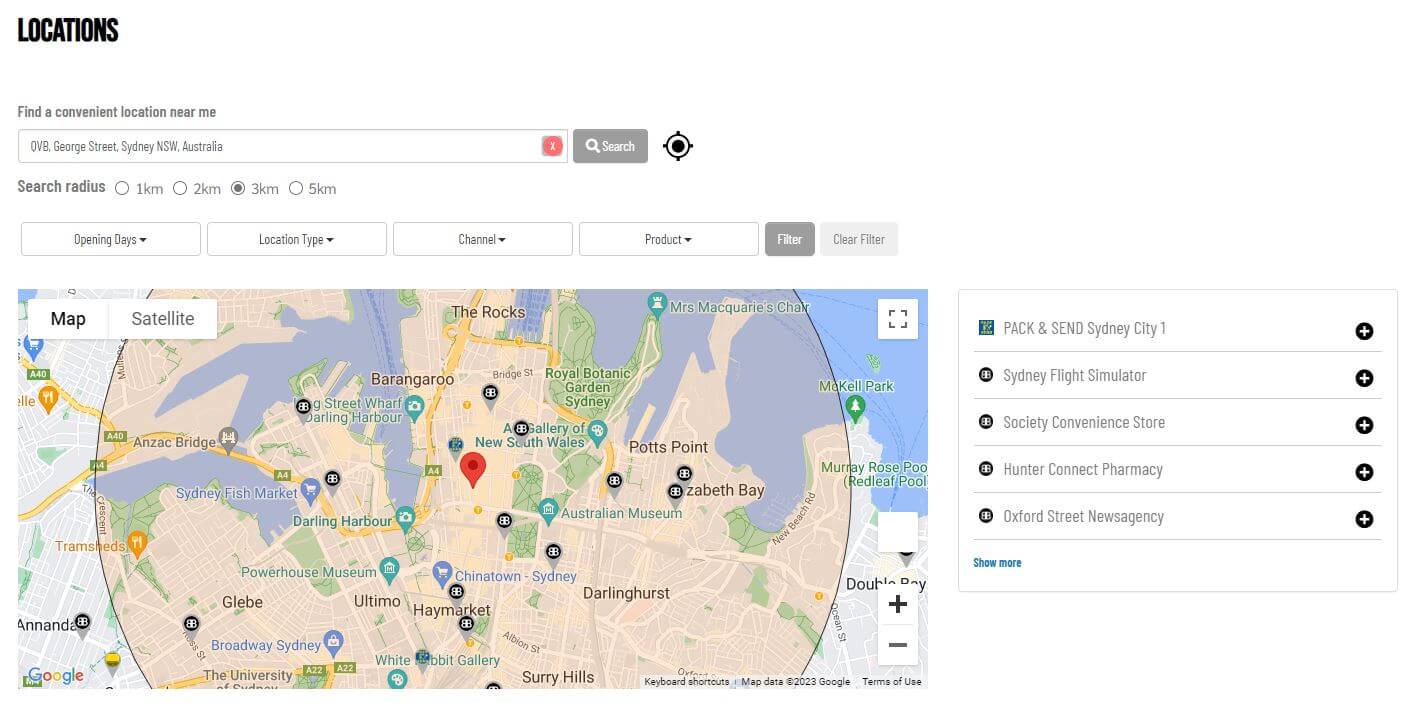
How are collection points a more sustainable option?
It has been estimated that over 50% of the emissions attached to parcel delivery are related to ‘last mile’ delivery to the customer’s address (delivery from the local distribution hub to the front door or post box). Hubbed commissioned some independent research that showed on average .49 KG of carbon emissions were save for every parcel using a collection point as compared with home delivery. When scaled up to a brand’s overall delivery footprint, using collection points can therefore become a key component in a Net Zero strategy, offering real reductions rather than simply offsetting.
Can collection points help enable a circular economy?
One of the key challenges in economic viability of the circular economy is reverse logistics – getting products or components back to the brand or warehouse. Collection points essentially provide the same benefits for returns as they do for outbound distribution. Being able to access a drop-off point at a time and location to the customer makes for a much lower friction experience, and consolidating drop off locations to collect from for logistics partners makes the process significantly more efficient.
Top Takeouts
Firstly, it can be tempting to think that Click & Collect is actually an inconvenience for the customer.
There are few things more annoying to me than when I ask for something to be delivered to my house, only to then have to go out of my way to pick it up. That’s a bad experience and kind of undermines the value of being able to shop online from home.
BUT – don’t mistake that with the convenience and certainty that collection points can add when chosen by the customer as part of their checkout experience. If it can be delivered to a nearby location more cheaply, potentially faster, when they’re not home, and more securely than leaving the parcel by the front door, the data shows unequivocally that shoppers regard that as a better delivery experience.
With that in mind, systems like Hubbed enable you, in just a few minutes, to offer the same kind of Click & Collect versatility that large chains have always enjoyed, levelling the playing field in customer experience.
Remember, as James said last week, deliver to home is not going away any time soon, this is just about putting choice in the hands of your customer.
Lastly, I hope you can see how Collection Points, or PUDO points if you’re in Europe can be key leverage point in sustainability initiatives. Enabling logistics partners to consolidate deliveries to these locations has a significant downward impact on the carbon footprint, and is only going to improve as uptake of these services increases.
Perhaps even more powerfully, the potential for networks like Hubbed to evolve and continue to enable the circular economy, may just unlock economic viability of reverse logistics, even for smaller brands.





